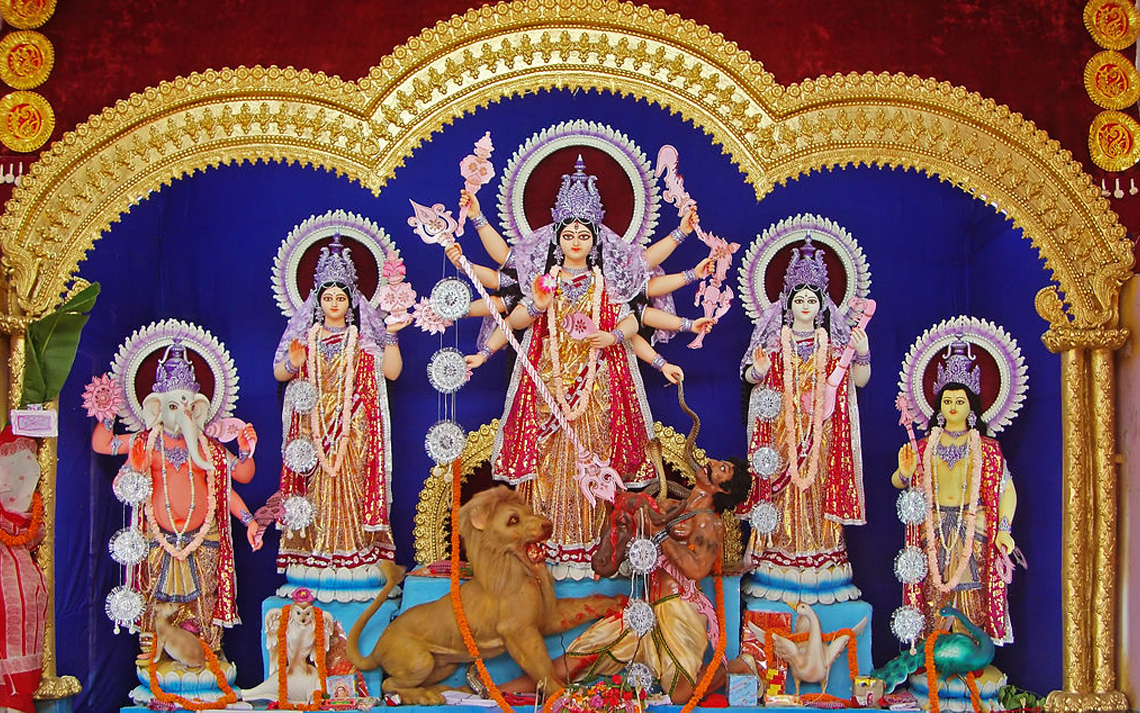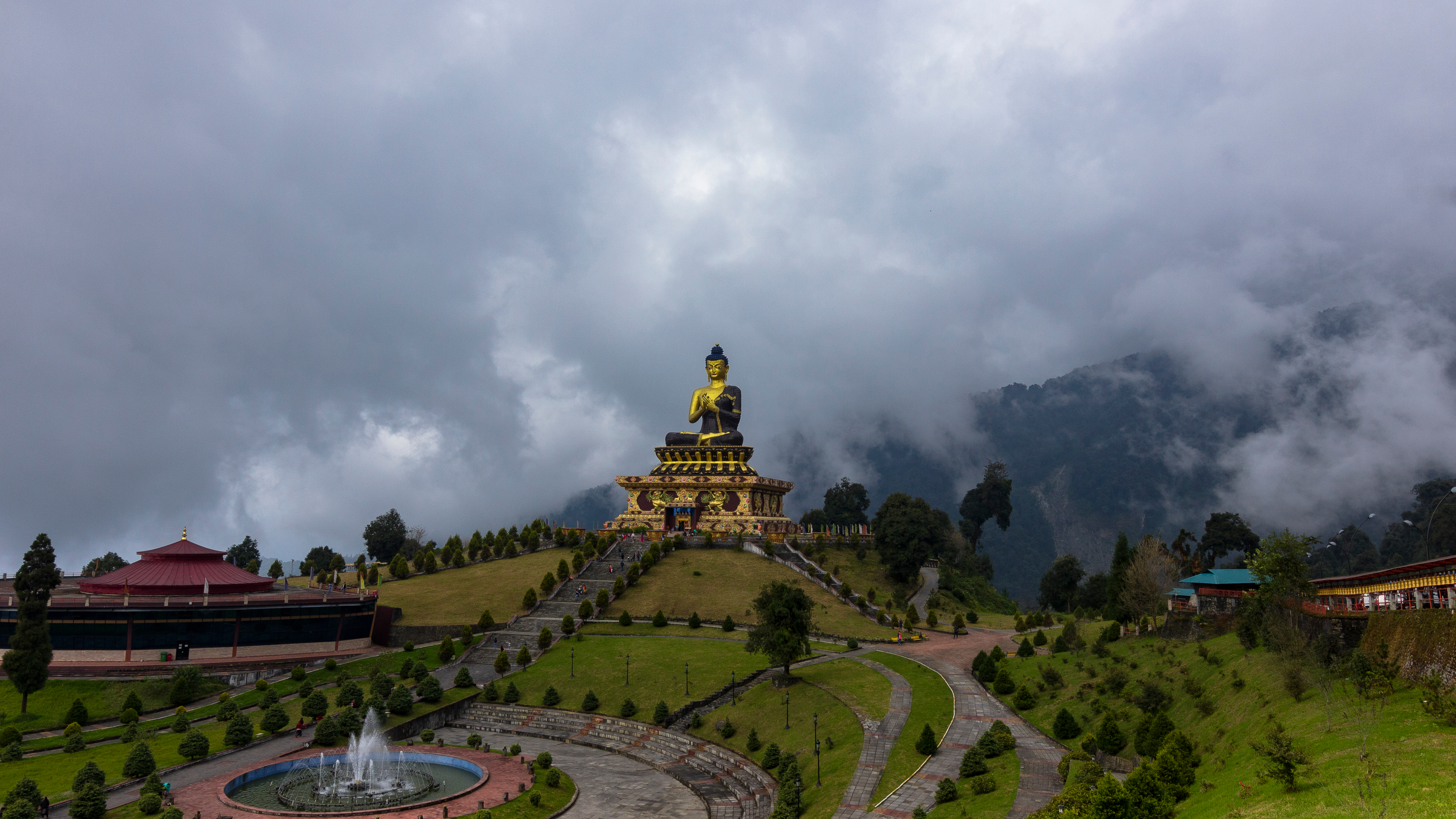Maha Saptami – Celebrating the power of Goddess Durga
Goddess Durga is a symbol of power, she is considered the invincible and the most popular avatar of Devi (Supreme Goddess). The Durga Puja is one of the most celebrated festivals of West Bengal, celebrated with pomp and show. As Aashin, the seventh month of the Hindu calendar arrives; the entire state enters into a festive mood. The celebrations are so elaborate that people from all parts of the world schedule their visits to India to witness this spectacle. The preparations start days before this sacred month arrives. Durga Puja spans over nine to ten days, with each day holding its own importance. The last four days are considered most sacred. The Maha Puja (Great Ceremony) starts from Maha Saptami, the first of these four days. This day falls on the seventh of the holy ten, and is hence termed Saptami, as the Sanskrit word Sapt means seven. This year, it shall be observed on the 1st of October according to the Gregorian Calendar.

Image Credit – http://upload.wikimedia.org/wikipedia/commons
The rituals start before day break. Nine kinds of plants that signify 9 different Gods and Goddesses and also the 9 aspects of Goddess Durga are worshipped. This Nabapatrika (nine leaflets mostly tied together) is given a bath, prior to dawn, in a nearby lake or pond along with the Kolabou. Kola in Bengali stands for banana and bou for wife, hence the name translates into banana wife. She is considered to be the wife of Lord Ganesha by many. The stem of banana tree is draped in a new saree and is placed next to Lord Ganesha. This is called the Nabapatrika snan-o-sthapan. This ritual also asserts Durga Puja as a festival that pays homage to the ancient agrarian roots.
The lanes and boulevards are later seen swarming with devotees. The entire state smells sweet, owing to the sweet preparations, and devotional music flows out from each and every household. The crowd dances to the music and they blow the shank (conch) to celebrate. The bhog, a form of a prasad (religious offering) is served to the devotees.
Maha Saptami is also considered as the day when Lord Ram started preparing for his legendary battle with Ravan– the ten-headed, demon king of Lanka. History says that he prayed to Goddess Durga to make him successful in this ordeal and the powerful Goddess answered his call, as he defeated the mighty army of Ravan.
Durga Puja is a time of celebration, especially in this country of ancient heritage where women signify purity and power.


